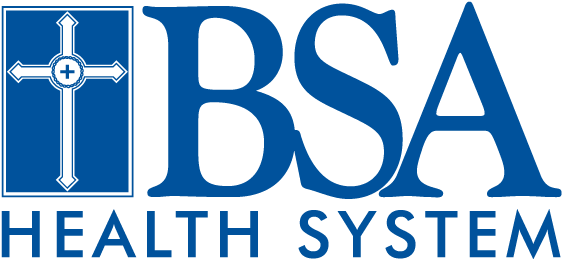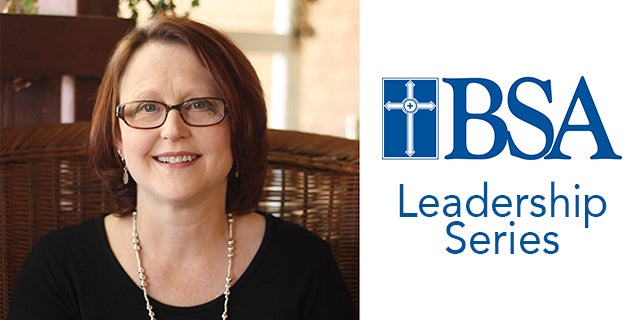BSA Leadership Series with Supervisor of Laboratory Services Tracy Anderson
Tracy Anderson, MLT (ASCP) supervisor of laboratory services, has worked at BSA for 37 years. What she learned from her leaders and mentors not only shaped her career, but also taught her about “The BSA Way”.
I was the first one in my family to go into health care; I come from a long line of school teachers. My dad was a school superintendent and my mom was a teacher and librarian. My parents were well-respected in our community and they were great examples for me growing up on how to be a leader. I learned so many things from them, and the right way to treat people.
I first became interested in health care, because I felt the industry would offer a good, stable job. However, after I started working in the lab, I was amazed at all you can learn from a blood sample and the importance of lab results. I was intrigued by how important lab work is, and how much doctors rely on those results to make critical decision every day to care for patients.
My career at BSA began in June 1979. I was a student doing my clinical rotation for Amarillo College. My first job here was as a receptionist and clerk for the laboratory, answering the phone and manually charging all of the tests done in the lab each day. When I finished school I started working as a medical lab technician on the evening shift. In 1992, I became the evening shift supervisor, and stayed in that position until 2007. At that time I moved to the day shift to supervise phlebotomy and the outpatient lab. In 2010, point of care coordinator and reference lab supervisor were new roles added to my position. Point of care is testing that is performed at the patient’s bedside; this includes fingerstick blood glucose, and some testing done in the Emergency Department by nursing personnel, but is still overseen by the laboratory.
Directors and supervisors I had the privilege of working with were wonderful teachers and strong leaders, including Sherry Gibson, Tom Birkbeck, Ben Weber and Brian Toycen. I learned many things from them: the importance of the job we do in the lab, to always be level-headed and do the right thing under pressure, to always put the patient first, to be open and fair when supervising, and that our results impact the patient’s outcome. To me these are examples of “The BSA Way”.
There have been several changes in this hospital since I started. I remember when most lab results were handwritten or printed and delivered to the floors. (We didn’t have a computer system yet.) Procedures in the lab were done manually as well, now we have state-of-the-art automation. The changes have always been for the good of the patients, employees and the communities BSA serves.
Working at BSA is rewarding and a supportive environment to learn and grow in your profession. BSA is a great place for employees, as well as the patients. I have always felt proud to say “I work in the laboratory at BSA,” when asked what I do. The laboratory at BSA is known as an exceptional laboratory, and continues to be strong and move forward with the latest technology under our director, Viva Pierson.




